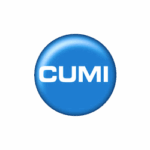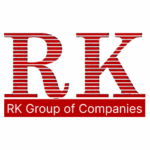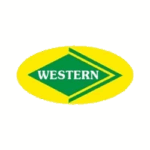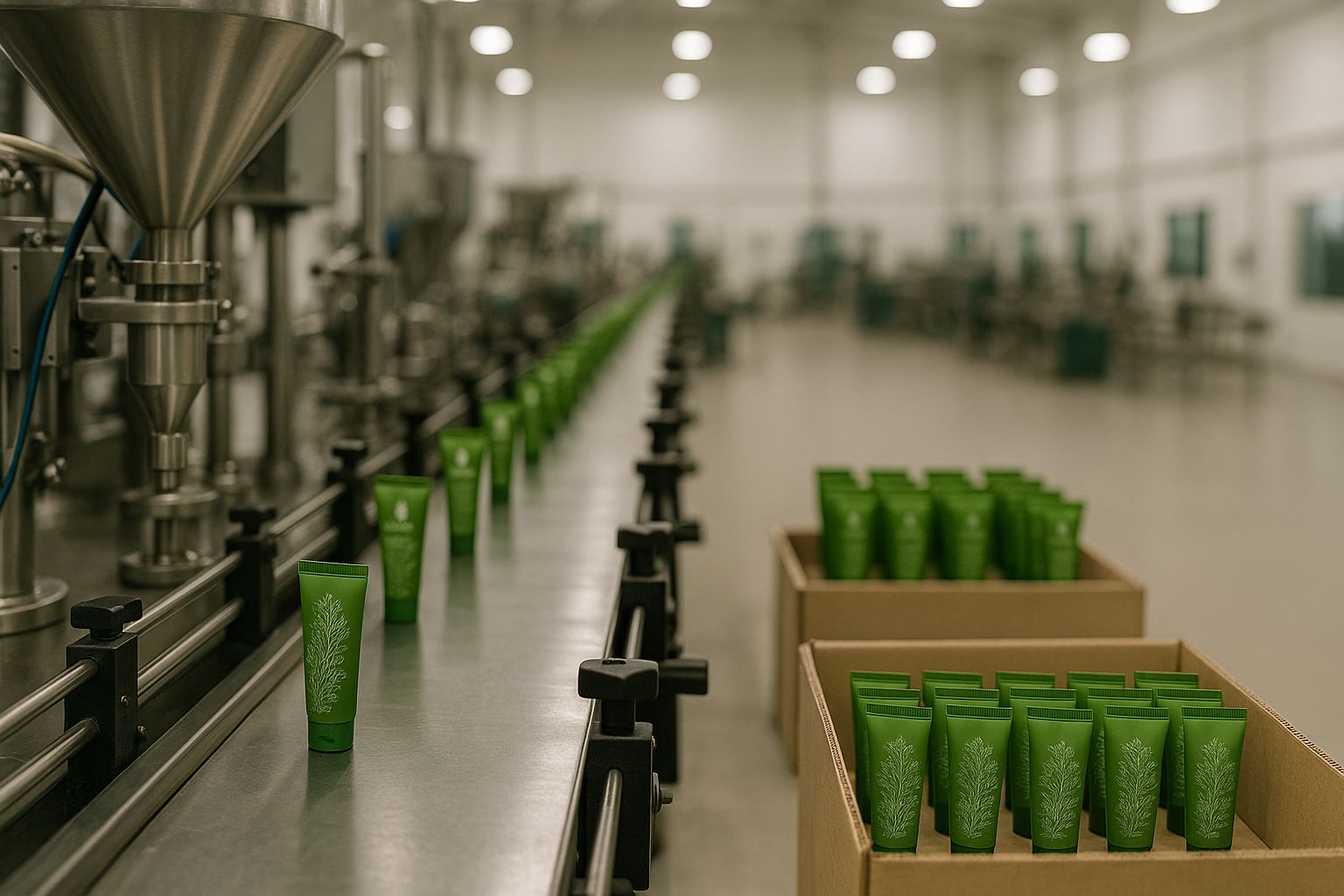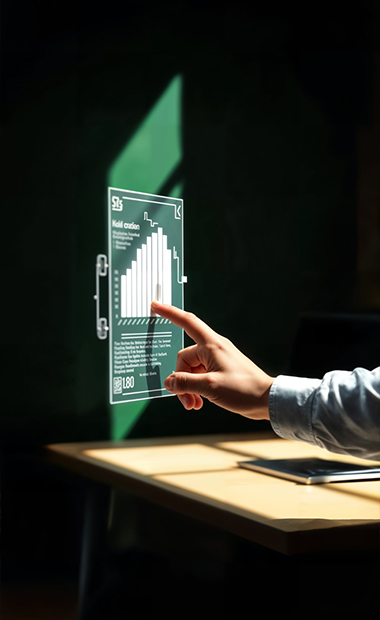DDAPL provided a fully integrated RFID + Barcode-enabled Mold Tracking System, combining smart traceability software, QR-encoded RFID tags, and Android-based scanning devices. Key solution components included:
- RFID Tags with QR Codes attached at the time of mold receipt.
- Android scanning devices supporting both RFID and barcode scans.
- DDAPL Traceability App synced with the customer’s ERP for seamless data integration.
Solution Highlights
- Mold Receiving & Tagging
- Molds are received against Purchase Orders and tagged with unique RFID+QR code identifiers.
- Tags are physically affixed to each mold to enable end-to-end tracking.
- Warehouse Mapping
- Warehouse user scans the mold barcode and location code to digitally link each mold to its physical storage location.
- Production Planning & Mold Picking
- ERP-generated production orders are auto-fetched into DDAPL.
- Mold pick lists are generated and assigned to warehouse pickers.
- Pickers receive guided instructions through the mobile app to locate and scan the correct molds using RFID-enabled devices.
- Production Issuance & Monitoring
- Molds are marked as issued to production upon scan.
- ERP sync provides daily production counts, enabling real-time monitoring.
- Post-production, the app auto-alerts for mold return if delays are detected.
- Servicing, Dispatch & Receipt
- Returnable delivery challans (RDCs) for mold servicing are imported from ERP.
- The app generates pick lists for servicing and verifies dispatch/loading via RFID scans.
- Upon mold return, RFID-based receipt confirms the transaction and updates the system.
- Auto Alerts & Mold Lifecycle Control
- Automated reminders are triggered if molds are not returned in expected timelines.
- Shot counts for molds are tracked; once limits are reached, scrapping reports are generated.
- For reconditioned molds, warehouse users can scan to reset shot limits as required.





